Your Shopping cart
You have no items in your shopping cart
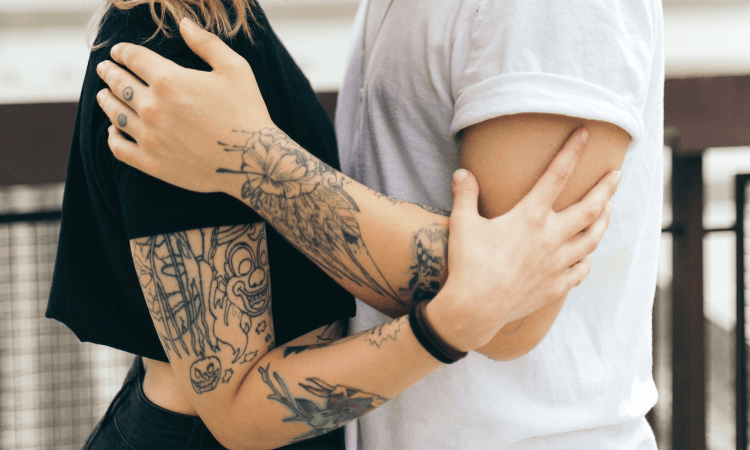 We Kiwis love our tattoos. As in love, love! A 2010 study revealed that 40 percent of millennials have a tattoo and a 2011 survey of 750 people by the NZ Herald found that one fifth of us has a tattoo. Now in 2019, even our national carrier Air New Zealand is approving visible tattoos such as Tā Moko on members of its frontline flight staff. We just love them!
We Kiwis love our tattoos. As in love, love! A 2010 study revealed that 40 percent of millennials have a tattoo and a 2011 survey of 750 people by the NZ Herald found that one fifth of us has a tattoo. Now in 2019, even our national carrier Air New Zealand is approving visible tattoos such as Tā Moko on members of its frontline flight staff. We just love them!
Let’s take a step back in time to see where our love of tattoos began.
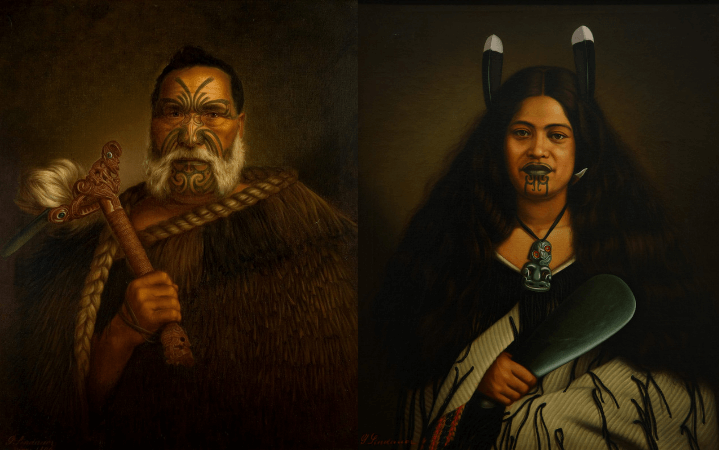 Heta Te Haara and Pare Watene by Gottfried Lindauer
Heta Te Haara and Pare Watene by Gottfried Lindauer
Tattoo originates from the Tahitian word tatau, tattow or tattaw, heard first and written down by European explorers, including Captain James Cook in 1769 after he witnessed the inking process, which he recorded in his journal as “tattow”.
Yet while there is no written history, the practice of tattoo is believed to have been widespread for both men and women throughout Polynesia, an area comprising more than 10,000 islands. Tattoo is said to have represented status and rank within a community, be part of warfare rituals, a person’s genealogy and sexual maturity - their coming of age. And the practice was most often undertaken by highly trained religious leaders.
Ethnology scholars have since recorded the journey of tattoo from tribes across Sāmoa, Niue, Tonga, the Cook Islanders, Hawai’i, Tahiti and more.
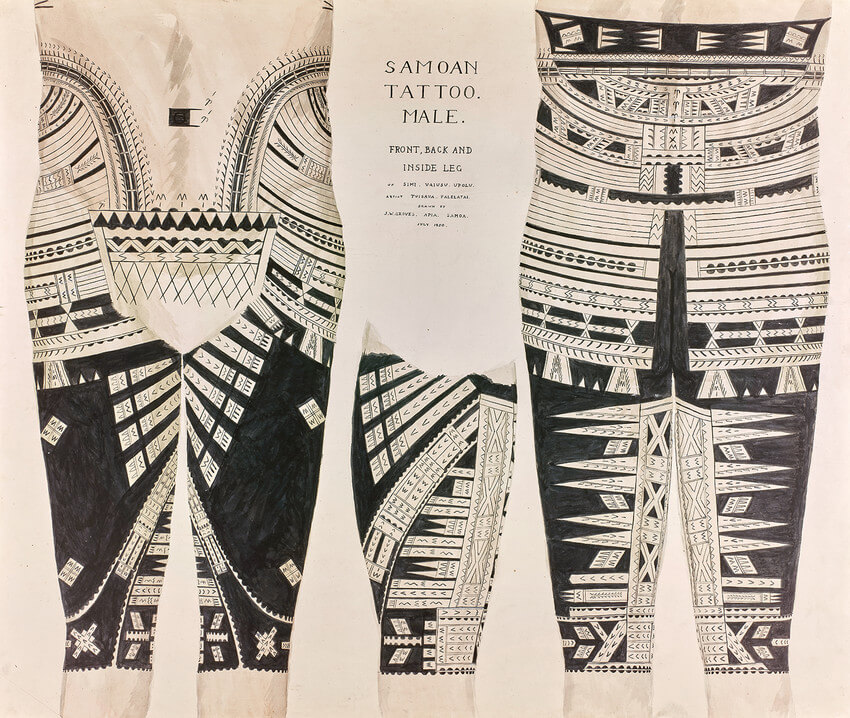 The sacred practice of Samoan Ta Tatau
The sacred practice of Samoan Ta TatauSāmoan Ta Tatau is particularly unique and worth its own mention because unlike almost all of the Polynesian islands where missionaries banned the tattoo practice, tattoo prevailed in Sāmoa with its precise hand tapping technique and distinctive markings still practiced today as part of its rich cultural heritage and Fa’asamoa - way of life. Also known as Pe’a, Malofie and Mau, it has risen in popularity for both men and women and is recorded as beginning around 3,000 years ago.
Sāmoan men’s decorative tattoo art called Malofie is prized, either offered by elders when the tauleale’a, young man, proves his honour, or requested by the tauleale’a and granted by the elders, and starts at the waist covering the skin until the knees. Once the tattoo is completed, the young man changes status to become a sogaimiti.
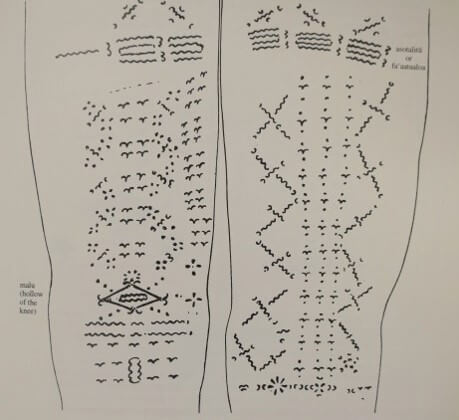
Malu, is the women’s Sāmoan tattoo, which is vastly different to the Malofie, and is more popular today than ever, sparking spiritual transformation and represents service to family and community, humility and protection.
It’s extreme historical rarity was due to it being bestowed only to very high ranking women elevating them to celebrity status. Unlike the Malofie, the Malu doesn’t cover most of the skin of the woman or Tama'itai'i, and runs the full length of the thighs with some extending below the knee to mid-calf. The Malu showcases delicate Sāmoan motifs hand-tapped into the skin with a wooden mallet onto combs often made of bone.
It’s said that New Zealand Māori Tā Moko traditional tattoo originated from a popular legend about Princess Niwareka who came from Uetonga in the underworld, and the young man she loved, Mataora, who allegedly beat her causing her to flee back to her father’s realm. Deeply afflicted by remorse, heartbroken Mataora fought his way to Uetonga to beg forgiveness.
Redeemed by his actions, Niwareka forgave him, and Niwareka’s father taught Mataora the art of tattoo. With Niwareka at his side, Mataora brought back his newfound tattoo skills to the human world, the art which continues today.
Original Māori bone chisel tools - which were either serrated or extremely sharp - have been found throughout New Zealand on archeological sites indicating that tattoo was nationwide.
Only high ranking people were tattooed from puberty onwards by a skilled tohunga-ta-oko in a tapu (sacred) highly ritual-based ceremony with flute music and chanting. It took many days and was extremely painful. To ensure the rite remained tapu, people being tattooed could not eat solid foods during the process, instead being fed food in liquid form and water through a wooden funnel. This was in part to avoid contamination with the wounded or healing skin.
Tattoo ink was made from burnt Kauri gum and other charred ingredients, and tapped slowly into deep cuts. Native Karaka tree leaves were used to speed up healing.
For men Tā Moko was on faces, lips, thighs and buttocks and it represented rank, ferocity and virility. Women were tattooed on the nostrils, on or above the upper lip, and on the lower lip and chin.
Tā Moko today, also known as kirituhi with kiri meaning skin, and tuhi meaning art, changes meaning from tribe to tribe. For some Iwi, it tells the story of whakapapa, heritage and ancestry. For others it could mean career, travel, vitality and strength or prosperity.
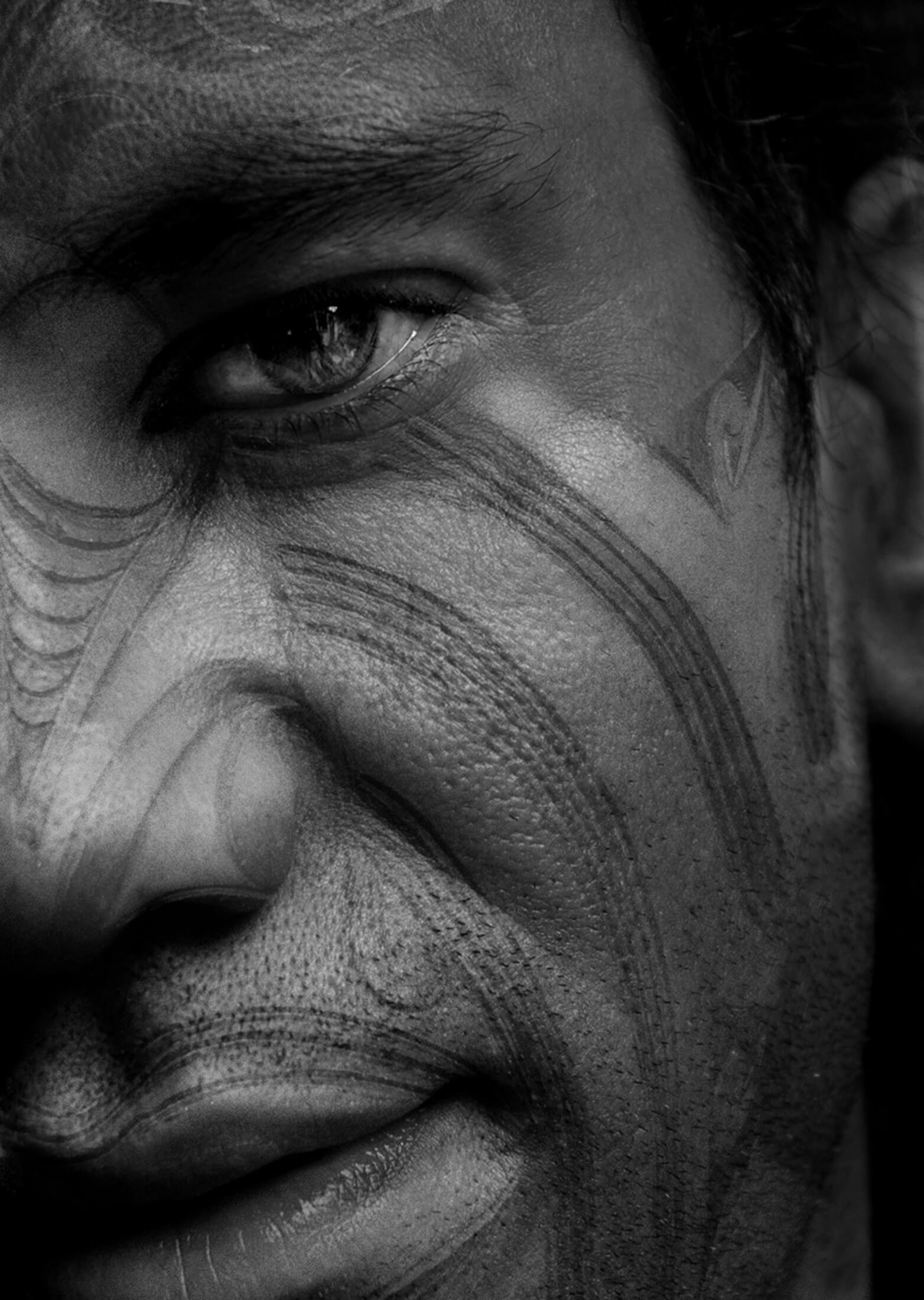 Popularity of contemporary tattoos
Popularity of contemporary tattoosAnyone from celebrities, sports stars, musicians, school teachers to corporate business people have tattoos today and it’s believed their popularity began when MTV burst onto screens in August 1981 showing “rebellious” musicians with visible ink. Since then tattoo has transformed with today’s tattoos being a mix of everything.
Popular today are bold coloured sailor flash art that once were badges of honour depicting sailing voyages, skulls and depictions of horror, one-colour ink floral designs, Indian Mandala, surrealist artwork, portraits of family and pets, script, and colourful mystical traditional Japanese art, once common in Japanese prisons and in gangs to hide enforced state prison tattoos.
Where we place tattoos on our bodies has evolved, too, with the arm bands of the 1990s popular again, as well as the neck, face, skull, ears, sternum, fingers, wrists, anywhere on the legs, arms and back, with the tramp stamp of the lower back firmly out of favour. Also popular is getting a tattoo with a friend, partner or family member.
The healing process for a tattoo is critical as what has essentially taken place is a cosmetic medical procedure using a needle leaving skin open and vulnerable. This is to ensure that the skin doesn’t get infected and disrupt and distort the art work, and to ensure the integrity of colours of the imagery, healing protocol needs to be followed.
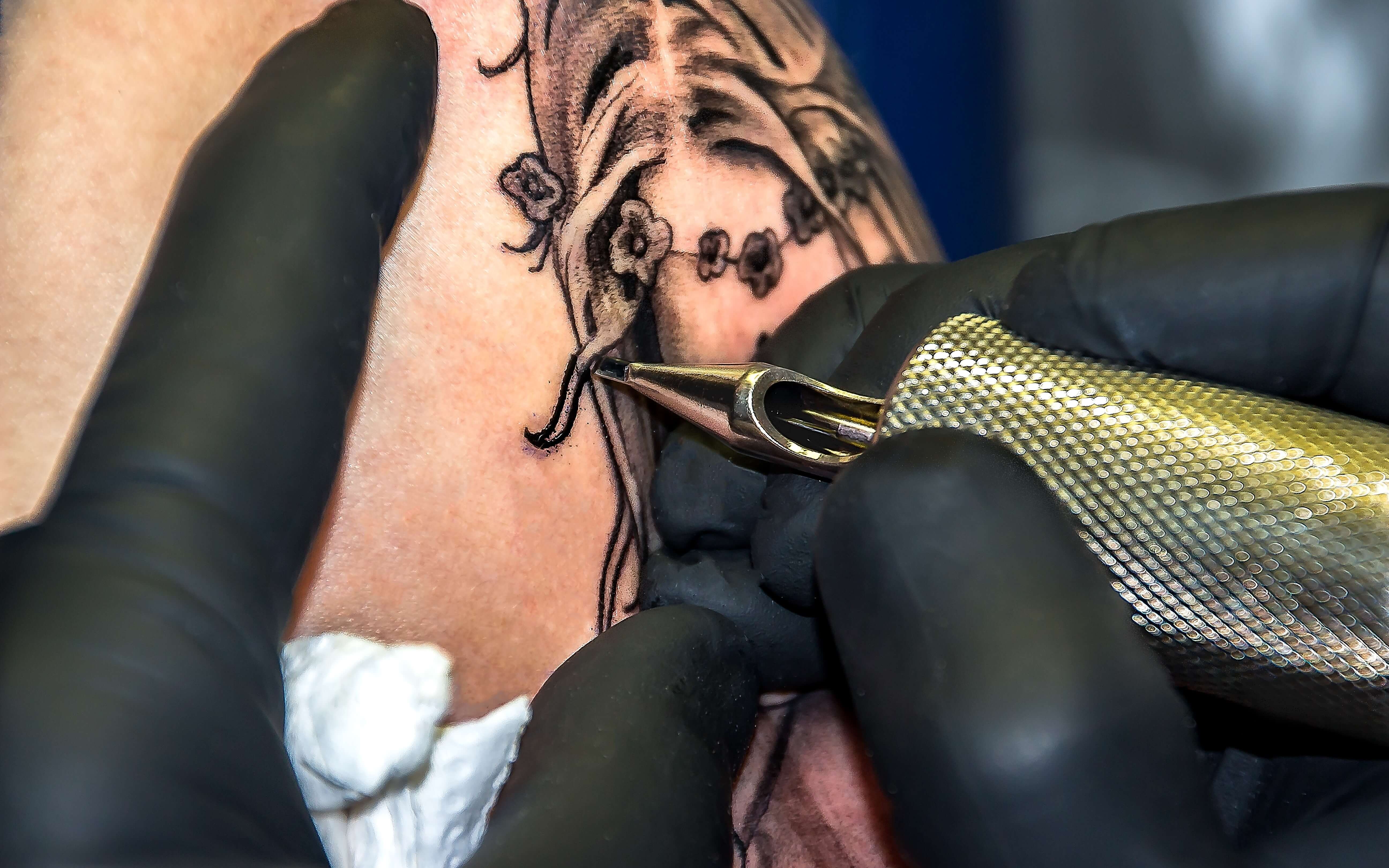 While New Zealand tattoo artists are required to and do provide instructions for aftercare, it’s best you know them in advance so you are prepared for what you need to do when you walk out the door with your fresh ink:
While New Zealand tattoo artists are required to and do provide instructions for aftercare, it’s best you know them in advance so you are prepared for what you need to do when you walk out the door with your fresh ink:
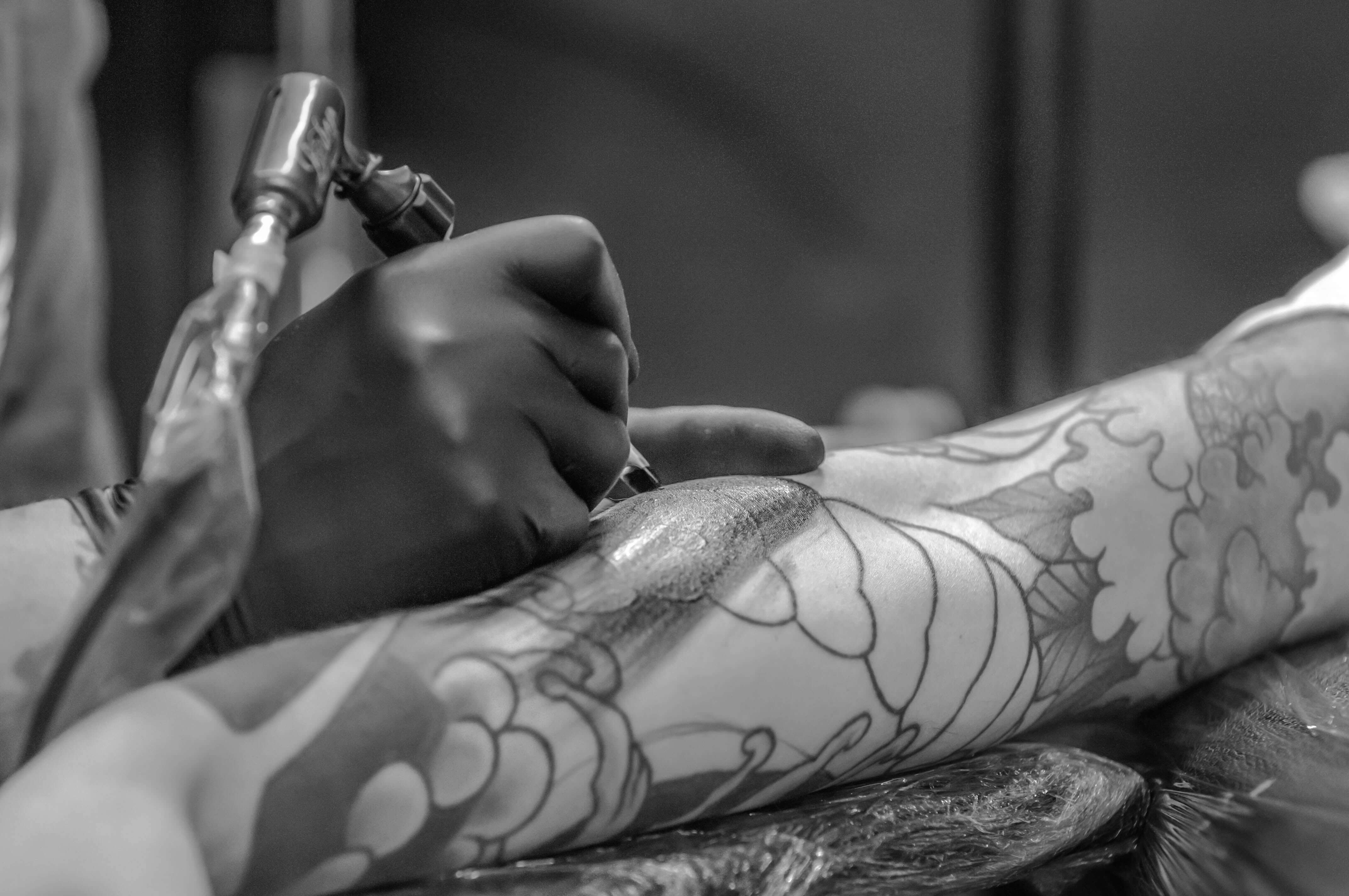
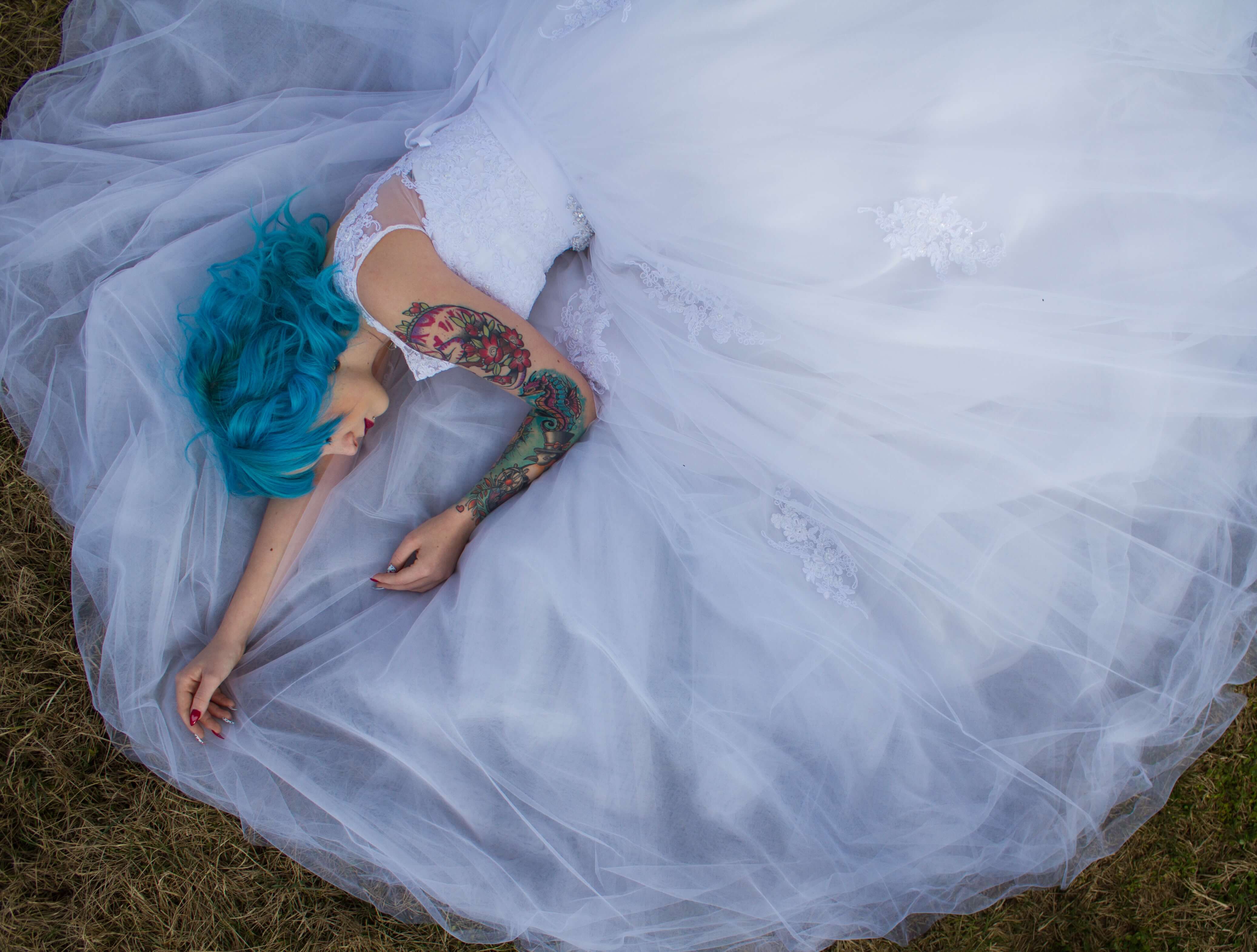 Get Electric tattoo care range
Get Electric tattoo care rangeTo ensure the best and fastest possible healing for your ink we would recommend the Electric Ink range for tattoo aftercare - plus it’s Kiwi made!
Electric Ink products deliver 24 hours of moisture in just one application and are 100% natural. They are vegan, gluten-free and cruelty-free, and hypoallergenic, so suit most skin types.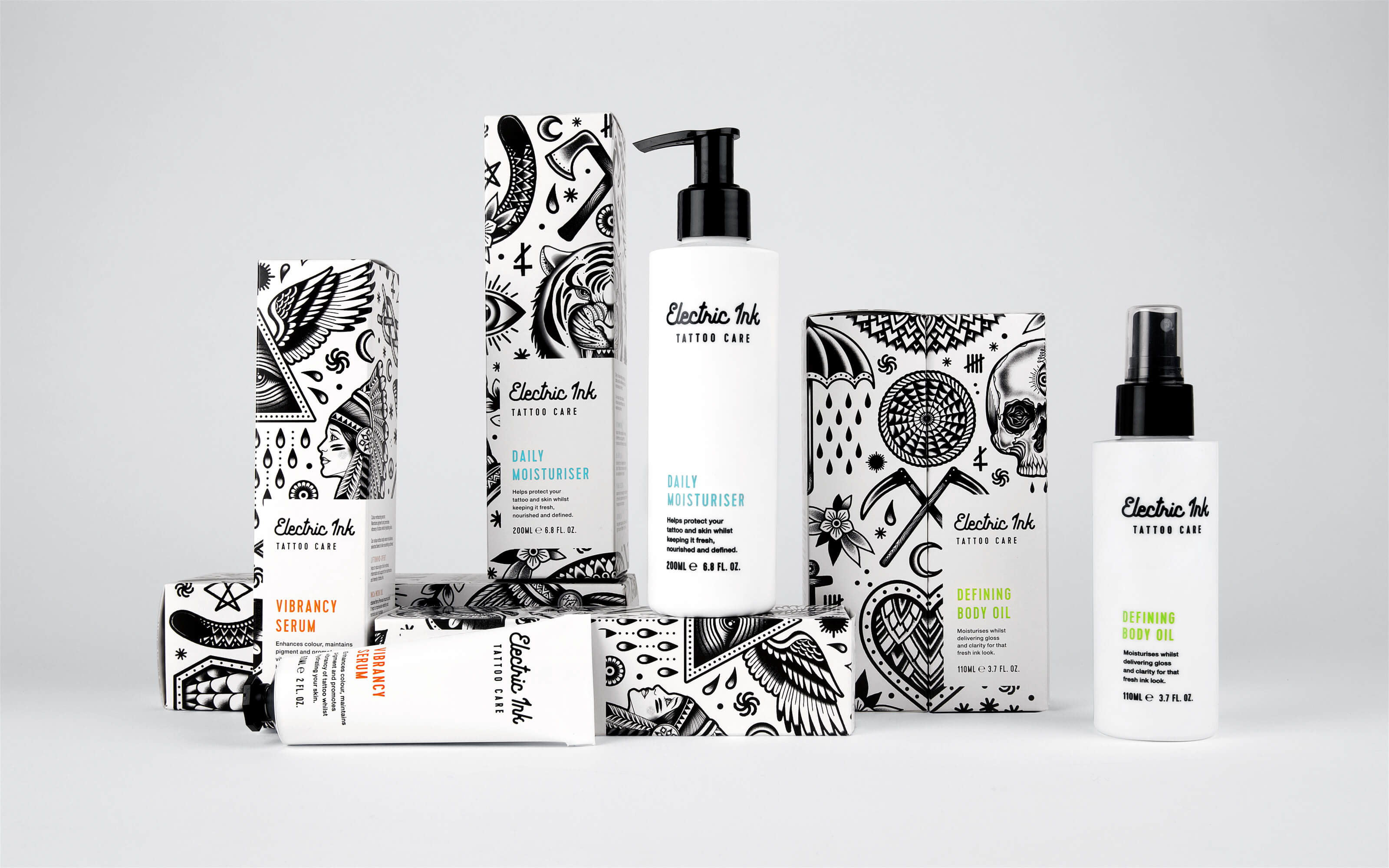
Talk to your Life Pharmacist about your ongoing tattoo care.
We’ve talked about the difference between dry and dehydrated skin, and now we’re rolling the conversation along to how applying oils to skin, even oily skin types, improves elasticity, plumpness and radiance by acting as a barrier to lock in moisture.
If you’re a makeup lover, or even just someone who uses makeup sparingly, you’ll know the importance of washing your makeup tools...right?
Keep your smile bright and your mouth healthy with our top oral care tips.
DIY fake tanning can replace the risks of sun exposure and give you the same gorgeous glow.

Life Pharmacy is proudly New Zealand owned and operated. We have everything from fragrance to first aid, make up to medicines, skin care to sun care, test kits to tanning products. Life pharmacy online brings your pharmacy to you.
Shop NZ customer favourites such The Ordinary, Antipodes, Trilogy and keep your health and wellbeing on-track with Go Healthy, BePure, Livon, Optifast and Otrivin. Don’t forget to shop our top beauty brands including Clinique, Estee Lauder, Benefit, Elizabeth Arden, Clarins and Shiseido.
Looking for in-store pharmacy services like passport photos, ear piercing or the morning after pill? Find information here about Life Pharmacy in-store services and then use our handy pharmacy finder to find a Life Pharmacy near you.
Promotions, product range and prices may differ between Life Pharmacy online and Life Pharmacy stores.
Copyright © 2021 Life Pharmacy Ltd. All Rights Reserved.
